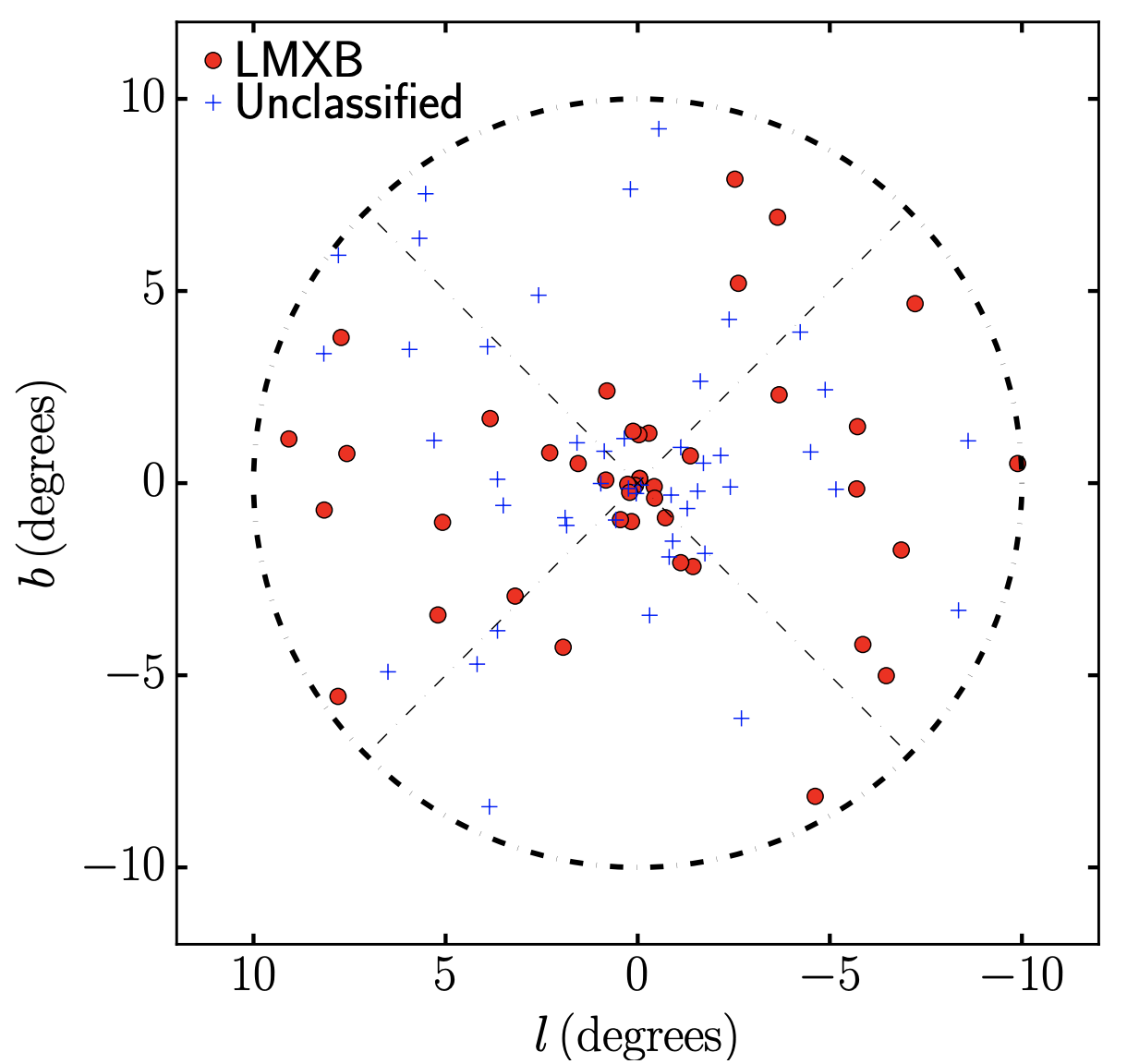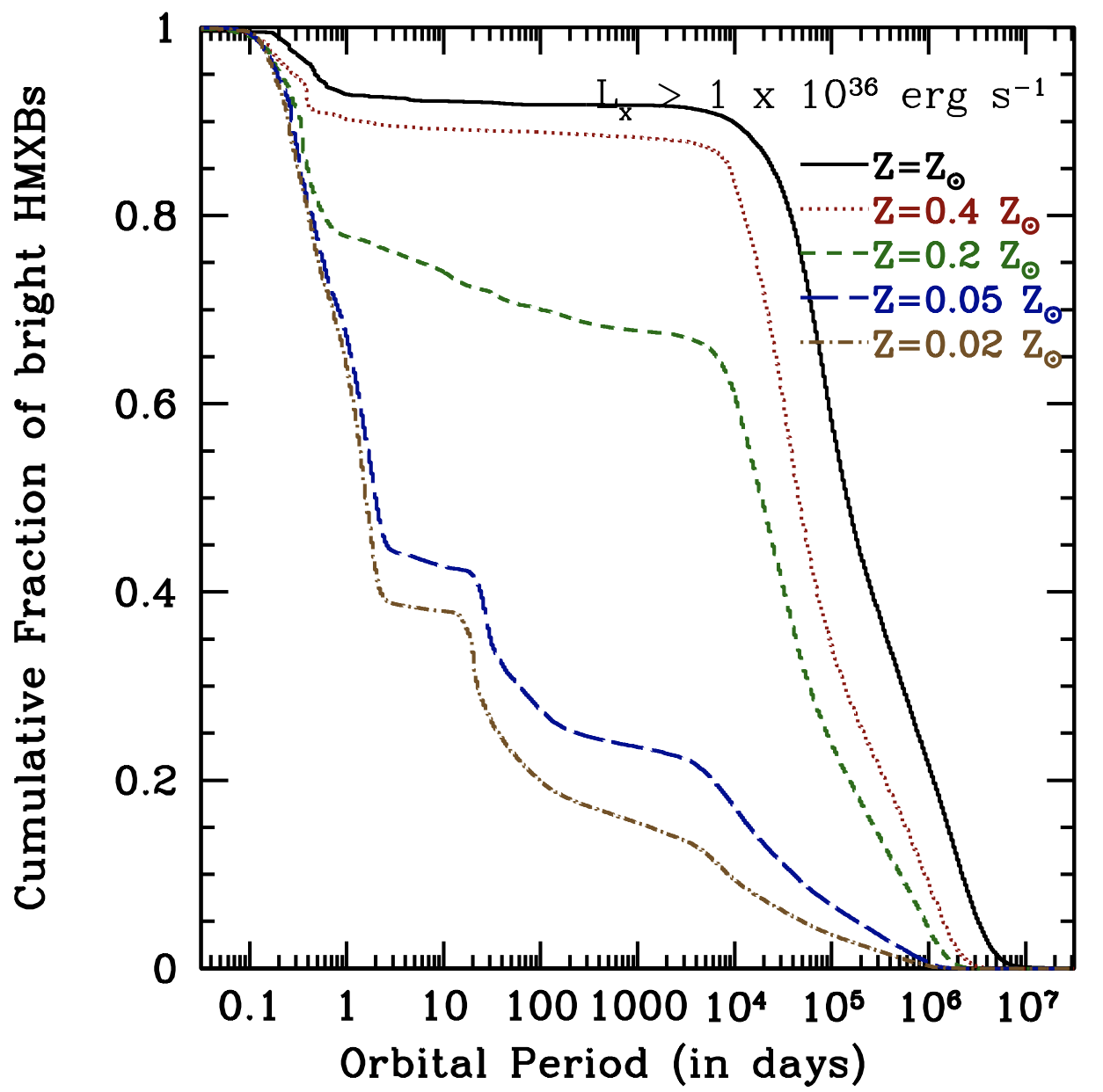
Low Mass X-Ray Binary Observations Challenge MSP Models of the Galactic Center Excess
Millisecond Pulsars have long been favored as a potential explanation for the excess gamma-ray emission surrounding the galactic center. However, the individual millisecond pulsars responsible for this emission have remained undetected -- a result that is not particularly unusual given their low individual luminosities. However, millisecond pulsars are expected to evolve through a prior low-mass x-ray binary state, which is often bright enough to be detected. We examing the low-mass x-ray binary population in the galactic center, comparing it to similar populations in globular clusters, finding that there are not enough low-mass x-ray binaries in the galactic center region to explain the extremely bright gamma-ray emission expected from their subsequent millisecond pulsar population.
Read MoreResearch Topics
- Highlights and Overview
- Dark Matter(79)
- Galactic Center Excess(20)
- Celestial Body Searches(21)
- Gamma-Ray Searches(19)
- Multiwavelength(8)
- Cosmic-Rays Searches(12)
- Dark Matter Models(21)
- Axion Dark Matter(3)
- Astrophysics(77)
- TeV Halos(19)
- Gamma-Ray Astronomy(32)
- Cosmic-Ray Astronomy(14)
- Radio Astronomy(5)
- Neutrino Astronomy(6)
- Solar Physics(7)
- X-Ray Binaries(7)
